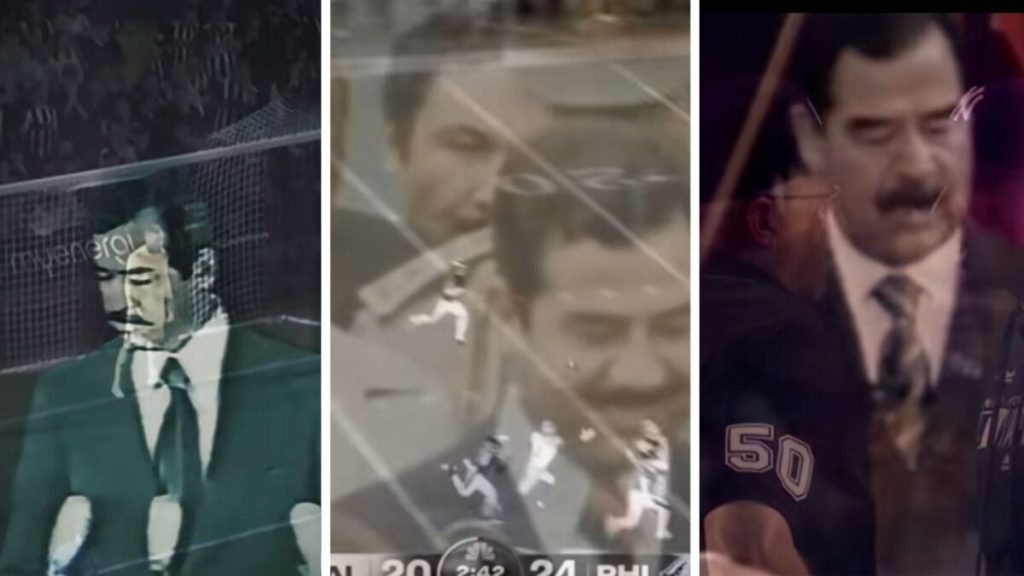A trend has emerged on sports TikTok, where fans are creating memes that label certain players as “football terrorists” due to their ability to consistently dominate or frustrate their teams. These memes often feature lowlight reels of the players set to a nasheed, a traditional Islamic a cappella-style chant, and include clips of former Iraqi president Saddam Hussein. The trend has gained momentum with the return of the NFL and English Premier League, with fans dredging up painful memories of players who have ruined their weekends.
The “football terrorist” label can be categorized into two groups: athletes or teams that inflict pain through incompetence, and players who are dominant against certain opponents. Examples of the latter include Aaron Rodgers’ consistent victories over the Chicago Bears and Tom Brady’s long-standing dominance over the AFC East. The trend is not limited to football, with the NBA also experiencing its own version during the 2024 playoffs, where Tyrese Haliburton was dubbed “The Haliban” after leading the Indiana Pacers to several comeback wins.
The use of geopolitical imagery, including Saddam Hussein and Osama bin Laden, in these memes has raised questions about the cultural significance of the “War on Terror” era and its impact on contemporary culture. The fact that these images are being repurposed as memes about sports highlights the way in which historical events can become detached from their original context and take on new meanings.
The trend also highlights the complexities of online humor and the ways in which different generations and communities respond to and interpret memes. For younger fans who did not live through the 9/11 era, the imagery used in these memes may feel like a distant artifact, rather than a reference to a real historical event. As a result, the memes can be seen as both absurd and offensive, depending on one’s perspective.
The significance of this trend lies in its reflection of the evolving nature of online culture and the ways in which historical events can be reinterpreted and recontextualized. As social media platforms continue to shape the way we consume and interact with information, it is likely that we will see more examples of this type of memetic repurposing, where historical events and cultural icons are reworked into new and often unexpected forms.
